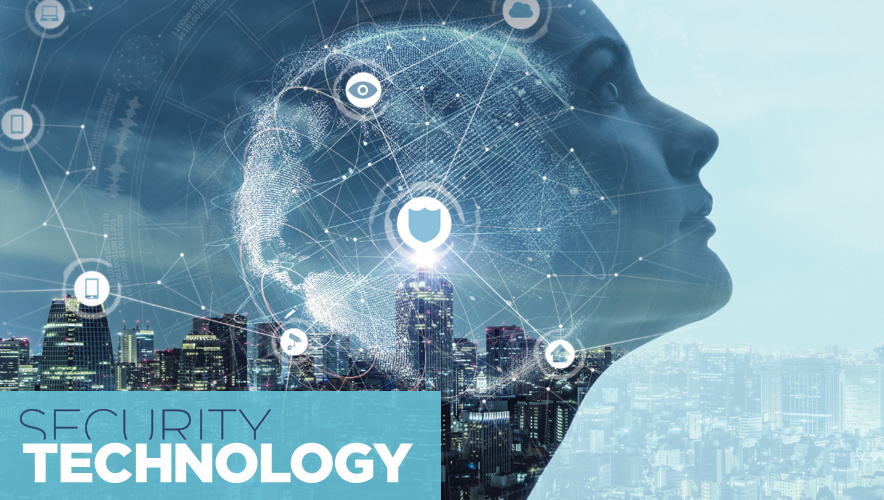An AI State of Mind
Artificial Intelligence (AI) is one of the oldest tools in computer science—traditionally, it has been used in the background to optimize processes for companies.
This was the case for one of the first AI programs Herbert Kelsey de- signed for IBM to prevent employees from being injured on the job. "The first AI program I built was one that knew how and when to shut the windows in a laser lab, so it would close them before blinding people," says Kelsey, partner at Position A Partners, who formerly worked at IBM in a variety of roles, including as deputy chief technology officer, cybersecurity.
Today, however, AI is moving out of the background and the world of internal corporate use into products that make life for humans more efficient and streamline their work.
PricewaterhouseCoopers (PwC) predicts that the AI market will reach $70 billion by 2020. And Gartner predicts that AI-derived business value will reach $3.9 trillion in 2022—an assessment of AI's total business value across enterprise vertical sectors Gartner covers.
"AI promises to be the most disruptive class of technologies during the next 10 years due to advances in computational power, volume, velocity, and variety of data, as well as advances in deep neural networks," said Gartner Research Vice President John-David Lovelock in a press release.
"One of the biggest aggregate sources for AI-enhanced products and services acquired by enterprises between 2017 and 2022 will be niche solutions that address one need very well," he explained. "Business executives will drive investment in these products, sourced from thousands of narrowly focused, specialist suppliers with specific AI-enhanced applications."
Companies will start to see the value and returns on their investment when they can apply AI techniques to problems that require sophisticated analysis of vast amounts of data.
"AI is going to come in where the data is big and the decision is sophisticated," Kelsey says, adding this is the point when users will begin to see the applications within the industrial, medical, or financial sectors.
For instance, GE is currently working on its digital twin concept that allows users to make decisions about how to fix or alter a piece of equipment using its digital form instead of the physical piece of equipment.
GE would use this digital twin to run diagnostics on the equipment, "like the electronic equivalent of putting a test car in a wind tunnel to mimic road conditions," Kelsey adds.
To address security concerns, some organizations are already using AI-enabled technology to detect physical threats to their organizations, says Alex Johnson, senior director of analytics and strategy for Verint who oversees AI initiatives within the company.
In the future, video platforms that use AI technology will alert human operators when to view a video feed because it's identified a threat.
"The idea of having the computer go through [the data] in a short period of time, and present information that is actionable to the human operator to make a decision in a much quicker way to make it easier overall," Johnson explains.
AI technology will allow multiple data sources to be thrown together and analyzed, for example, to bring credible threats to human operators' attention that they can then take action on.
Shawn Guan, CEO and cofounder of Umbo CV Inc., an AI startup to develop autonomous video security systems, says he sees AI technology being embraced to help address staffing shortages for security personnel.
For instance, warehouses and other large facilities can use AI technology to alert personnel of a specific threat, and a security officer can be sent out to investigate—instead of having multiple officers on patrol.
Guan also says as AI technologies be- come more prevalent and have more data to pull from, they'll be able to learn patterns to more effectively identify threats to the organization.
The same can be said about AI uses to identify cyber threats and prevent attacks on corporate networks. Kelsey says he sees AI being harnessed in the future to address the ever-increasing sophistication of cyberattacks.
"The sophistication required to see the liability of using a new technology or the security of the technology itself— major factors before an organization can implement it.
"That's going to be the recurring theme [for organizations]," Kelsey says. "The lack of security for AI is its major impediment. Why aren't organizations adopting the technology? Because it's not secure. Hackers and attackers don't have that same concern."
Johnson also adds that some organizations will wait to adopt AI-enabled technology until they can see a return on investment and that it will result in greater profits.
"If I'm the purchaser, I'm going to make sure the problem the AI is solving is a problem we have," he says. "We— humans—are solving it in some form or fashion today. But the AI will make it more cost effective to do so."
